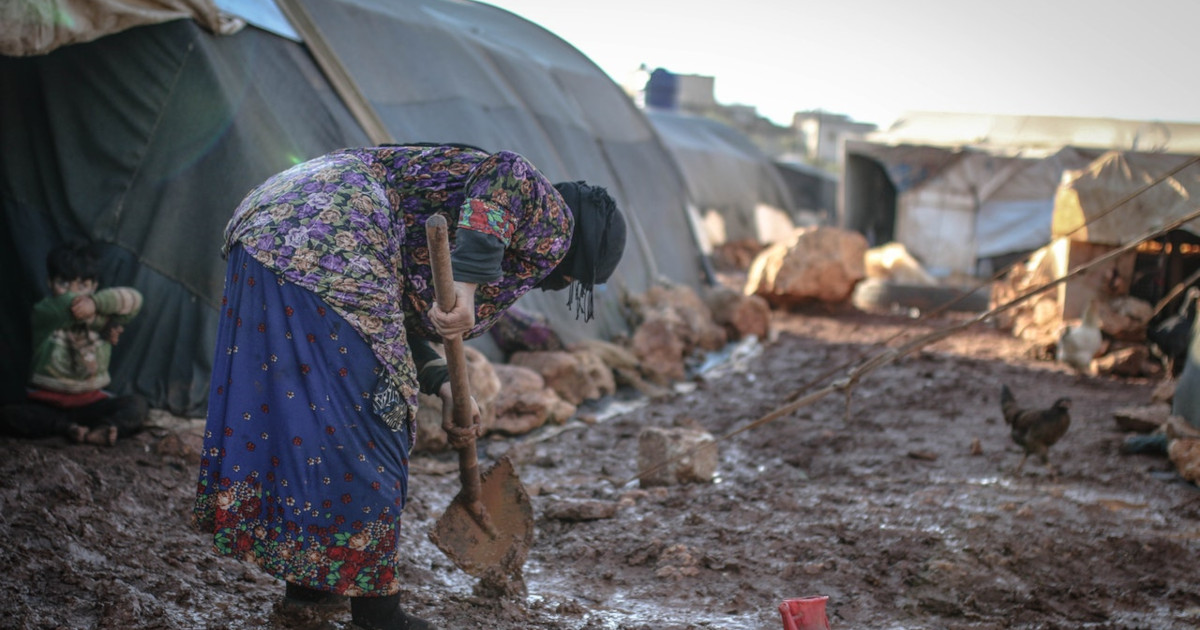
US Migration Policy Is Enriching Cartels at the Busiest, and Most Dangerous, Part of the US-Mexico Border
Part of me was beginning to wonder whether the United States’ border and migration policies were somehow being designed with input from the Mexican organized crime groups that prey on migrants. It would be hard to devise a system that benefits these “cartels” more than the current one does
April 1, 2023 | Source: Inter Press Service News Agency | by Adam Isacson
“The migrants try to organize themselves to stay safe,” a humanitarian worker told me as we stood near a town square in Reynosa, Mexico, steps away from the U.S. border. More than 2,000 people from many countries, blocked from asking for asylum in the United States, were packed into this square block, living under tents and tarps, amid port-a-potties and cooking fires. Children were everywhere.
“They move the women and children to tents closer to the center of the square, to protect them from kidnappers.” Many nights, men raid the square, guns drawn, taking people away and holding them for ransom under brutal conditions.
It was my fourth day of a mid-March visit to the Texas-Mexico border region, and my second day visiting Mexico’s easternmost border state, Tamaulipas. Part of me was beginning to wonder whether the United States’ border and migration policies were somehow being designed with input from the Mexican organized crime groups that prey on migrants. It would be hard to devise a system that benefits these “cartels” more than the current one does.Tamaulipas is a large state, bordering more than 200 miles of Texas from Laredo to the Gulf of Mexico. Of Mexico’s six border states, it is the only one to have a level-four “Do Not Travel” warning from the U.S. State Department, “due to crime and kidnapping.”
Two cartels, and smaller factions, fight frequent running gun battles with each other and with security forces—while also corrupting and penetrating government institutions so thoroughly that the population has long ceased to view them as protection.
Given all this, one might expect migrants to try and avoid Tamaulipas and its dangers. Though many do, for the past nine years this has been the busiest part of the U.S.-Mexico border. The U.S. Border Patrol apprehends more migrants in south Texas’s Rio Grande Valley (McAllen, Brownsville, and surrounding towns), across from most of Tamaulipas, than it does in any other of the nine sectors into which it divides the border.
